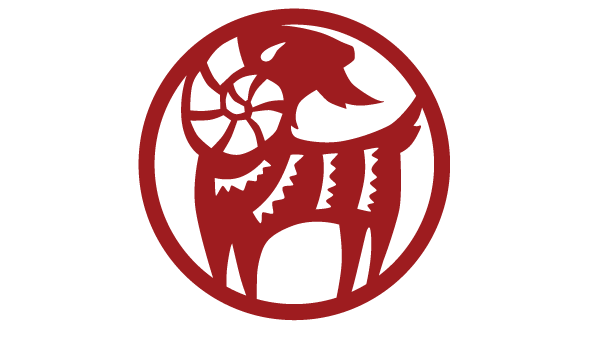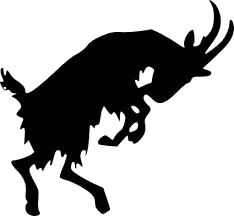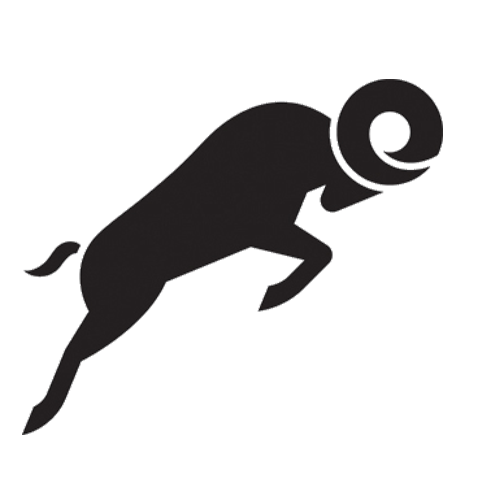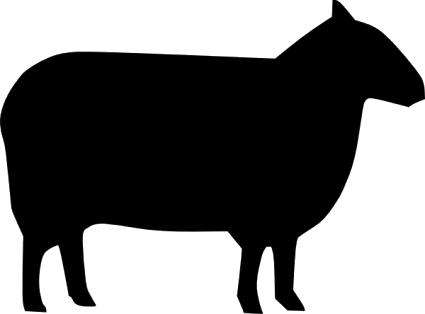
Are you uncertain of what to call the animal celebrated this Lunar New Year? Is it the Year of the Goat, the Ram or the Sheep?



All three animals have been mentioned as the key focus in this year’s celebration, which began today, Thursday February 19, 2015, and employs the Chinese zodiac cycle of a rotating troupe of 12 symbolic animals. For instance, this past year, 2014, was the Year of the Horse and 2013 was the Year of the Snake. But why is there such creature confusion this year?
It all branches from the fact that the Chinese use one character for these horned animals — translated as “yang” in Mandarin, when used to mean goat, is seen as something strong with a “quiet spirit.” A sheep is considered gentler and more docile.
Geography can make a difference in what people use to define the year. Sheep are raised in northern China, while goats are more common in southern China, which can play into what the year is called depending on one’s location. Generally, people in mainland China seem to prefer to call it the Year of the Goat.
If you are an English speaker you may just want to go authentic: Year of the Yang.
Here is a closer look at the animals:
Goat
A goat is a hardy domesticated ruminant animal that has backward curving horns and (in the male) a beard.
Sheep
A sheep is a domesticated ruminant animal with a thick woolly coat. Sheep are over one year of age. They have usually produced offspring.
Ram
A male sheep is called a ram. Buck is the slang term for ram. A young male is called a ram lamb. In parts of the United Kingdom, a ram is called a tup.

Physical differences
- Sheep
-
- and
goats
-
- have numerous physical differences. Most
goats
-
- have hair coats that do not require
shearing
-
- or combing. Most
sheep
-
- grow
woolly
-
- coats that need to be
sheared
-
- at least annually.
Lamb
-
- tails are usually docked (shortened) whereas
goat
- tails are not.
-
- Sheep
-
- have an upper lip that is divided by a distinct philtrum (groove). The
goat
- does not.
-
-
-
- Male
goats
-
- have
glands
-
- beneath their
tail
-
- .
Sheep
-
- have face or tear
glands
-
- beneath their eyes and foot or scent
glands
-
- between the toes. Male
goats
-
- develop a distinct odor as they grow in sexual maturity. The odor is very strong during the
rut
-
- (
mating season
-
- ). Sexually mature
rams
- have much less of an odor, if they have an odor at all.
-
Source: http://www.sheep101.info/sheepandlambs.html
http://www.sheep101.info/sheepandgoats.html
Sources Cited: http://www.nbcnews.com/news/asian-america/chinese-new-year-it-year-goat-sheep-or-ram-ewe-n308361
